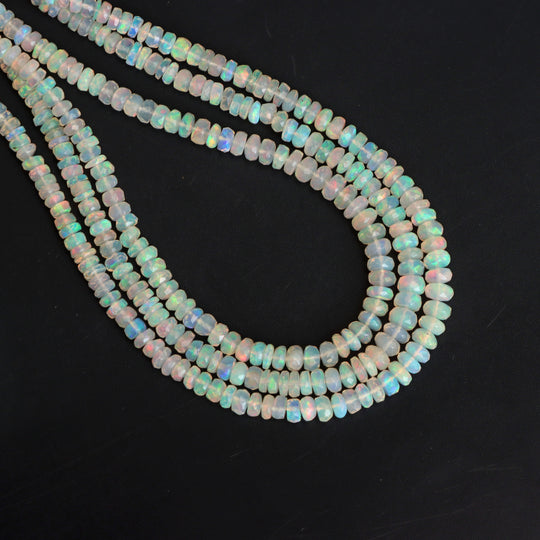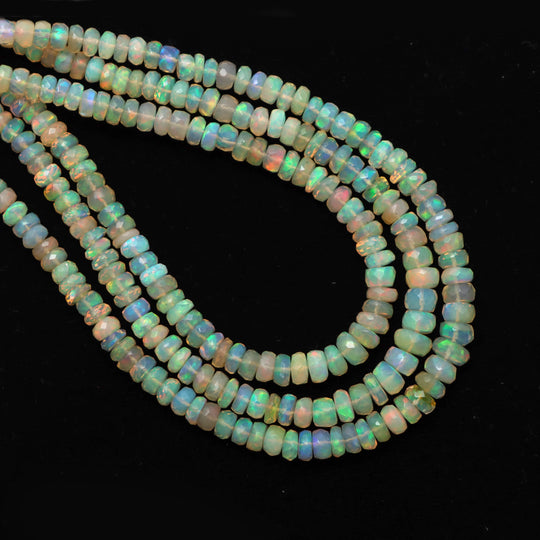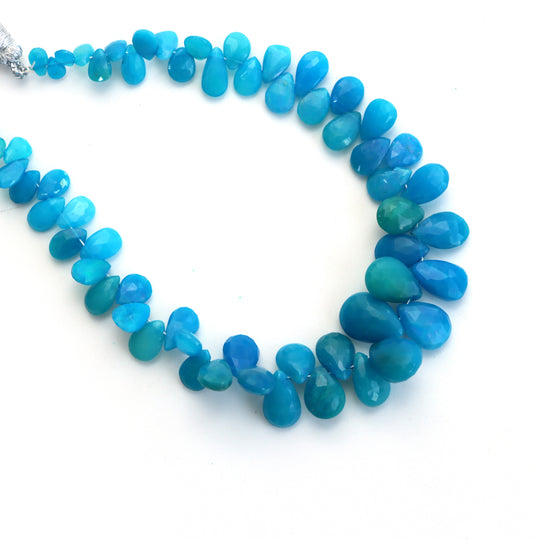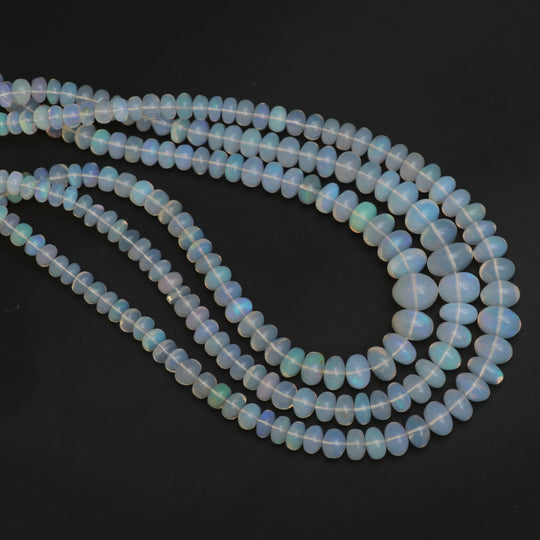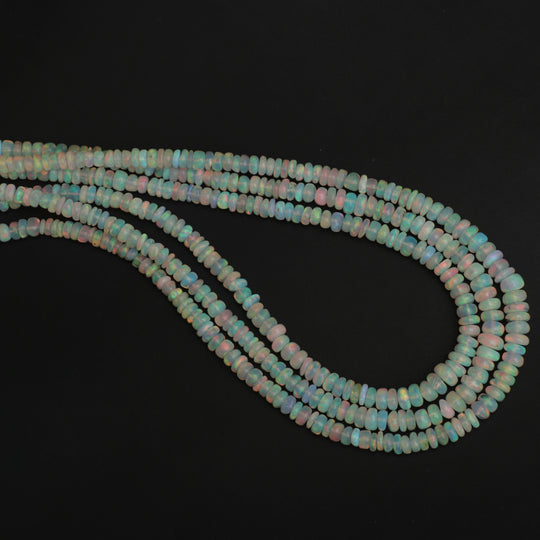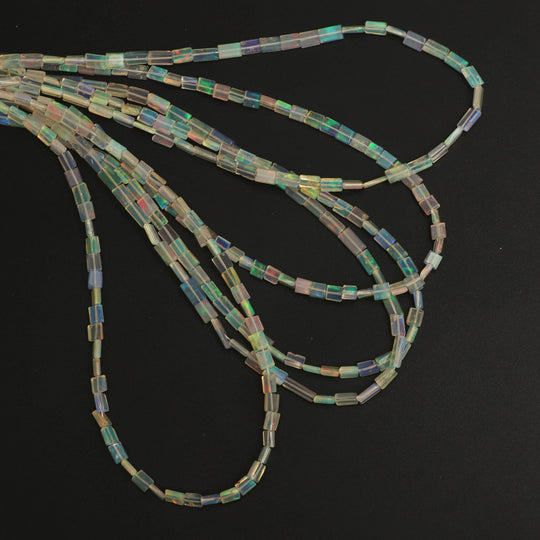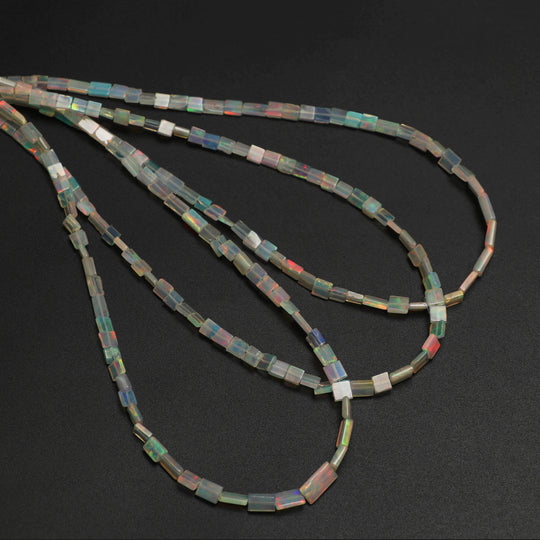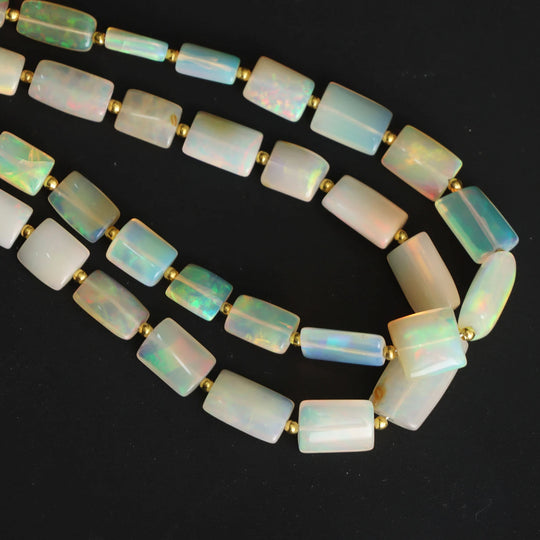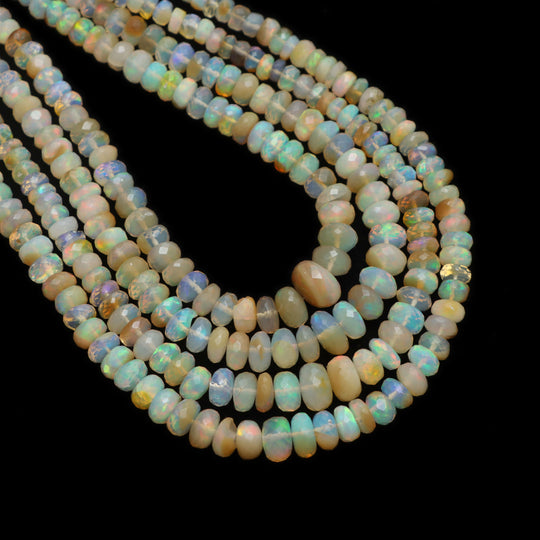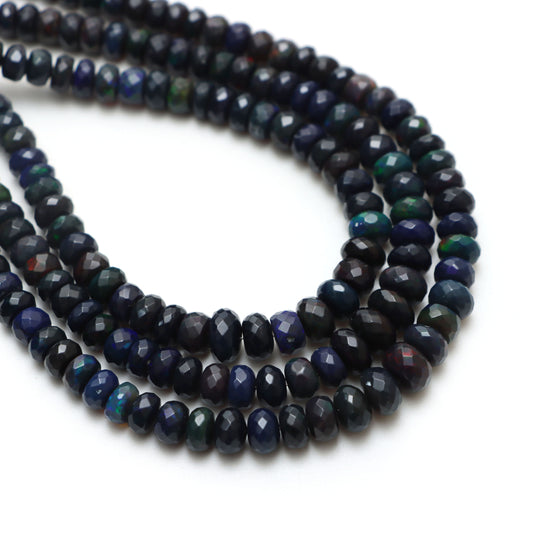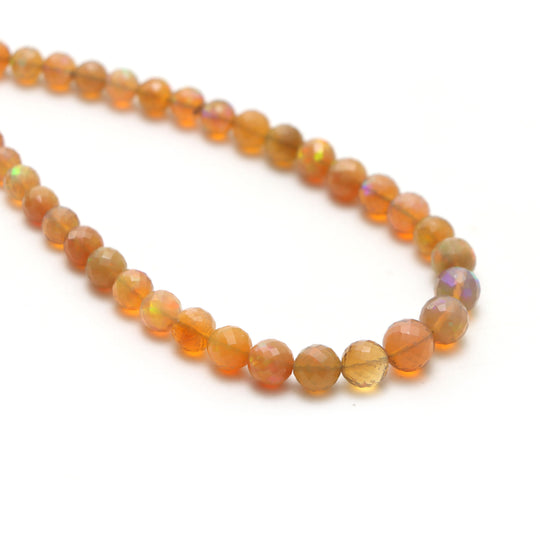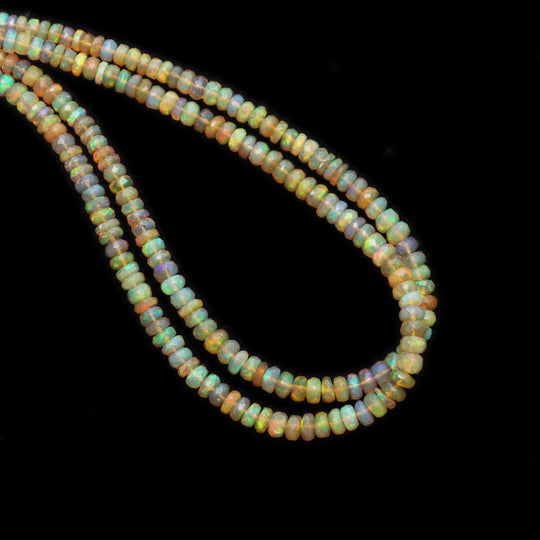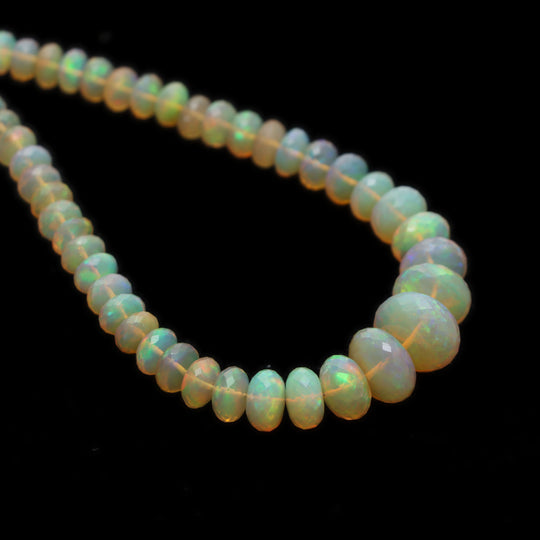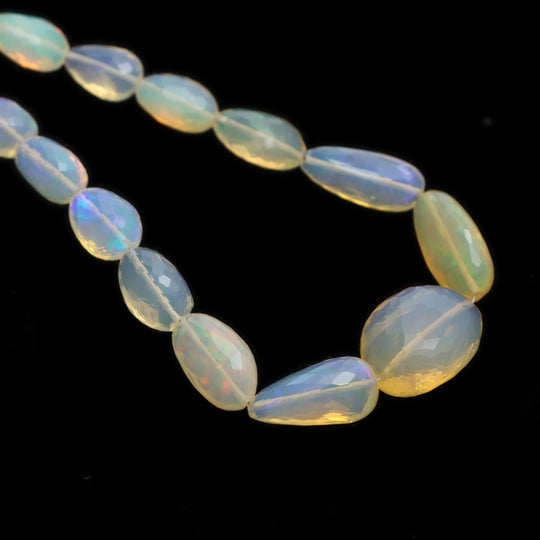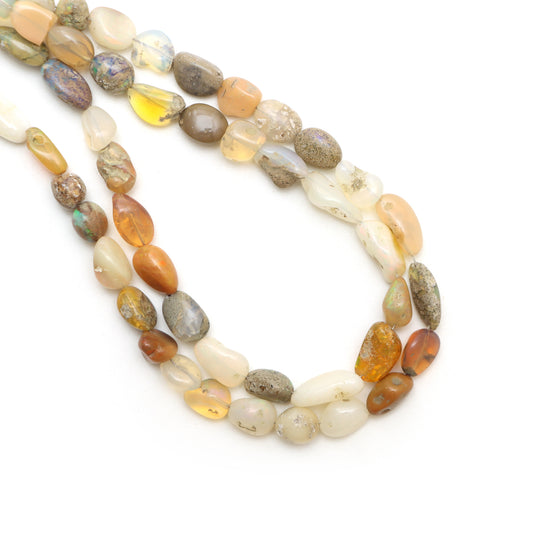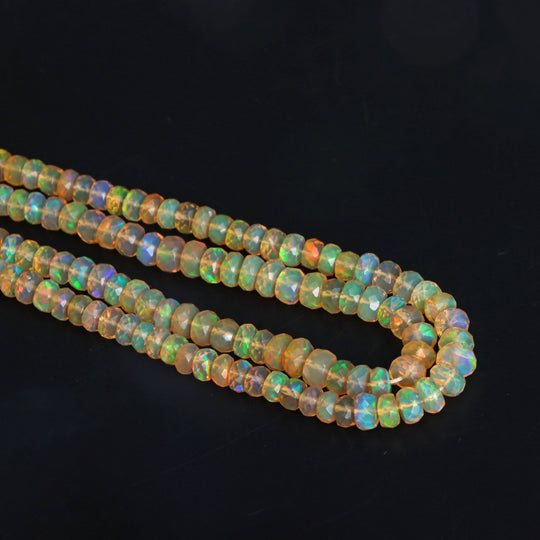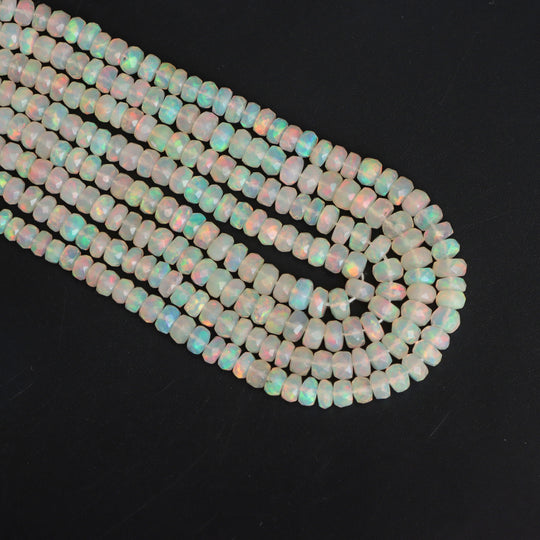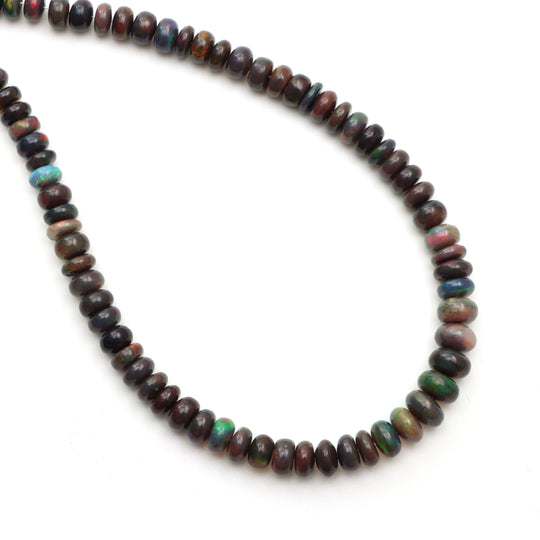Ethiopian Opal
The Ethiopian opal gemstone is one of the most up-to-date and valuable stones. It was discovered in 1990 and commercially mined in 2008. Along with crimson tourmaline, Ethiopian opals are one of the identified birthstones for October and an opportunity for the birthstone for April. Now it's far more used to rejoicing on the 14th anniversary of marriage.
Ethiopian Opal
.
National Facets
$442.00
National Facets
$198.00
$214.00
National Facets
$2,348.00
$2,536.00
National Facets
$3,820.00
$4,125.00
National Facets
$1,178.00
$1,272.00
National Facets
$1,161.00
$1,253.00
National Facets
$804.00
$869.00
National Facets
$490.00
$530.00
National Facets
$452.00
$488.00
- ←
- →
What is the Ethiopian opal stone?
The newest form of precious opal comes from the Wollo Province in northern Ethiopia. These exquisite opal stones from Ethiopia exhibit excellent color variation in many body patterns and colors. Because of its high-end attractiveness and competitive pricing, this variety is becoming incredibly popular in the competitive market.
Where can I buy Ethiopian opal gemstones (wholesale) in the United States?
Want to purchase 100% natural Ethiopian opal rough gemstones?
National Facet is the best Gemstone Manufacturers to buy high-quality natural and faceted Ethiopian opals at an affordable price.
Check out the fantastic collection of wholesale Ethiopian opal on our website. We sell all types of semi-precious gemstone beads with excellent customer service.
What are the properties of Ethiopian opal gemstones?
Most opals are sedimentary, which means they are made from the old waterways' layers. However, Ethiopian opals are hydrophane opals that grow in nodules within the volcanic ash in the stratum between rhyolite layers due to volcanic activity.
The word "hydrophane," which means "water-loving" in Greek, refers to the tendency of these opals to absorb water. Ethiopian opal's appearance can change due to water absorption, going from thick to semi-transparent to highly translucent and nearly transparent.
The ancient Greeks believed that stones could give people the ability to forecast sickness and protect them from it.
According to some metaphysical beliefs, wearing Ethiopian opal can make you quiet or unnoticed by absorbing all of your human brilliance into the blazing colors of the stone.
This Ethiopian opal has been considered a stone of luck, charm, love, and passion. However, some people believe that wearing raw or faceted Ethiopian opal is unlucky for people who were not born in October.
Ethiopian opal is believed to be an emotional intensifier that brings out a user's inner self. Some think it removes karma, protects the wearer from negativity, and strengthens the will to live. According to energy work practitioners, the base and sacral chakras are said to be stimulated by it. In contrast, other base colors of this opal can be used with corresponding chakras if needed.
How can I tell if an opal is genuine?
A common characteristic of an opal imitation is its excessive shine and the organized pattern of color flashes. Again, look at the pattern and color play; it will be packed tightly together, and the design won't have any gaps when under the light.
You can see a columnar structure if you turn it over. Unevenness in genuine, natural opals adds to the stone's authenticity and beauty.
What benefits does the Ethiopian opal gemstone have?
According to astrology, opal gemstones strengthen Venus, the ruler of relationships and luxury.
It promotes harmony and happiness in relationships and contributes to a more fulfilling life rich in allure, beauty, grace, culture, and luxury.
This stone has numerous advantages for those involved in the artistic fields, including music, painting, dancing, and theater.
One of the advantages of wearing an opal gemstone is that it adds passion and vigor to one's romantic or marital relationships.
It is believed to stabilize a troubled marriage and enhance social relationships.
According to the medical concept, opal stones support the endocrine system and maintain the balance of hormonal secretions.
Opal stones enhance the kidneys' and the urinary system's overall performance.
Opal gemstone benefits people who deal with exquisite living-related goods, such as clothing, jewelry, artifacts, luxury cars, etc.
What is the Difference between Ethiopian vs. Australian opal?
The most significant distinction between Ethiopian and Australian opals is that most Ethiopian opals are hydrophane, but most are not. That means Ethiopian opals are hydrophilic, which means they love water and will absorb it. Since they develop into more porous opals than non-hydrophane opals, like Australians, this is probably because of their volcanic origin.
What color is Ethiopian opal, a gemstone?
The new material, primarily white Ethiopian opals, also contain a small amount of brown, fire, and colorless crystal opals. Some of it has a play of color that is frequently very bright and resembles sedimentary opals from Australia and Brazil.
Pals from this area come in a variety of skin tones. Although yellow, white, and other body colors are also present, brown, red, and orange represent most of the opal's body colors.
Frequently Asked Questions
Q: How can you tell if an Ethiopian opal is genuine?
A: A common characteristic of an opal imitation is its excessive shine and the organized pattern of color flashes. Again, look at the pattern and color play; it will be packed tightly together, and there won't be any gaps under a loop light.
You can see a columnar structure if you turn it over. Unevenness in genuine, natural opals adds to the stone's authenticity and beauty.
Q: How to find fake Ethiopian opals
A: When in doubt, look at the color and pattern of this opal. The design of fake opals is compact, dense, and uniform all over the stone.
It's probably fake if it appears flawless.
Q: Are Ethiopian opals of good quality?
A: Ethiopian opals are less expensive than Australian opals due mainly to their attempts to remain competitive in the market. However, it's clear why they continue to be a customer favorite because they dazzle, shine, and enchant for a reasonable price.
Even though they are less expensive, Ethiopian opals are of such high quality that they are well worth the money.
Q: How expensive is the opal gemstone?
A: The value of an opal stone is based on a variety of characteristics, or "opal stone qualities." Type, brilliance, origin, color, patterns, fire, rarity, and transparency are important factors that contribute to the price range of this magnificent gemstone deviating in such a significant way.
Q: Who should wear the opal stone?
A: Opal is strongly suggested for those whose horoscopes contain the Mahadasha or Antardasha of Venus (Shukra). The rashis of Vrishabha (Taurus) and Tula (Libra) are given Opal Ratna, according to Indian astrology. Opal is the recommended birthstone for the Libra zodiac sign in Western astrology.
Q: What is Ethiopian hydrophane opal?
A: Ethiopian opals are hydrophane opals that grow in nodules within the volcanic ash in the stratum between rhyolite layers due to volcanic activity. The word "hydrophane," which means "water-loving" in Greek, refers to the tendency of these opals to absorb water.
Q: What is Ethiopian Welo opal?
A: Ethiopian Welo opal can absorb water like a sponge since it is a hydrophane. The stone becomes more translucent, and the color play is more clearly defined as it is hydrated. It turns opaque again after releasing the water.
Q: Why do Ethiopian opals lose their fire during the humid season?
A: Ethiopian opals are "hydrophane," which absorbs water and changes appearance. The opals will absorb water like a sponge if they come into contact with it. As a result, the opals may temporarily lose their fire and turn yellow or brown if they are soaked in water and allowed to absorb it.
Q: Ethiopian Opal or Australian Opal – Which is better for astrological purposes?
A: Opals from Australia and Ethiopia each have unique physical characteristics. The Australian opal gemstone has a vivid base color and vibrant, everlasting fire flashes. On the other hand, the fire in Ethiopian opal is generally less powerful and may go out during humid circumstances. Therefore, Australian opal is advised as the first option to let you receive long-term astrological benefits. In addition, Ethiopian opal may be the finest alternative if Australian opal is out of your price range.

